The Amazing History Of Indian Motorcycles
By: Harry Fisher (TopSpeed)

The Amazing History Of Indian Motorcycles
Indian Motorcycles has been on the U.S. market since 1901, and its long history wasn't without its fair share of ups or downs
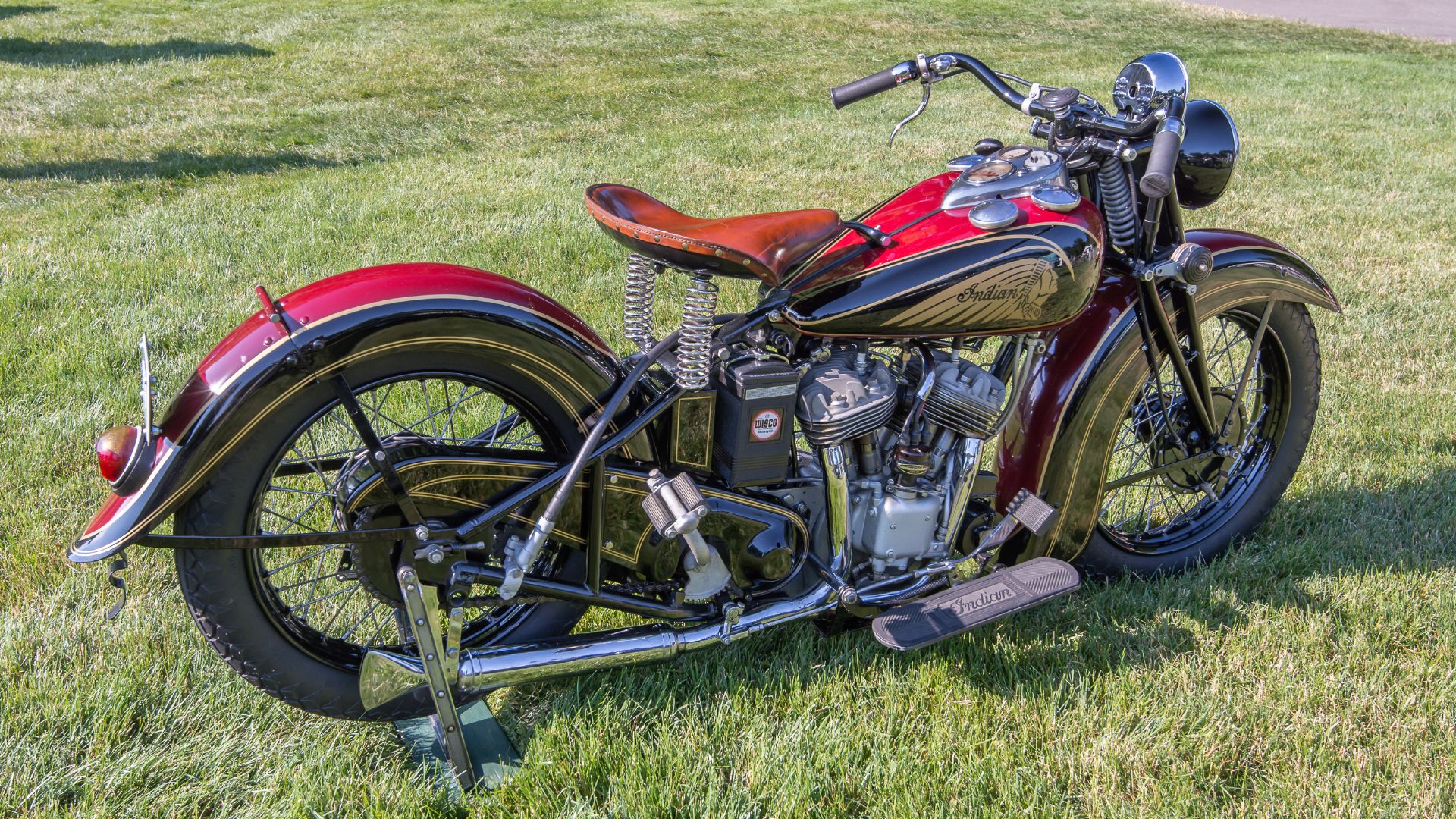
While Harley-Davidson has produced motorcycles without interruption since the company was founded in 1903, its once great rival Indian Motorcycle has had a much less stable life, initially going bankrupt in 1953 and lurching from one owner to the next before Polaris Industries put the company back on a sound financial footing in 2011.
10 - Indian Motorcycle: The Origins

As with so many motorcycle brands, Indian's origins were in the booming bicycle industry of the late nineteenth century. George M. Hendee formed the Hendee Manufacturing Company in 1897, building bicycles. Early bicycles were called Silver King and Silver Queen, but the name American Indian, soon to be shortened to simply Indian, was adopted in 1898, emphasising the American origin of the product for export markets. In 1901, he hired Oscar Hedstrom to build gasoline-powered bikes to pace bicycle races. The motorcycle was not only powerful but, crucially, reliable, not something that could be said for every early motorcycle. In 1904, Indian adopted the deep red colour that would become Indian's trademark. By 1913, Indian was producing 32,000 motorcycles a year.
9 - The First V-Twin Indian Motorcycle
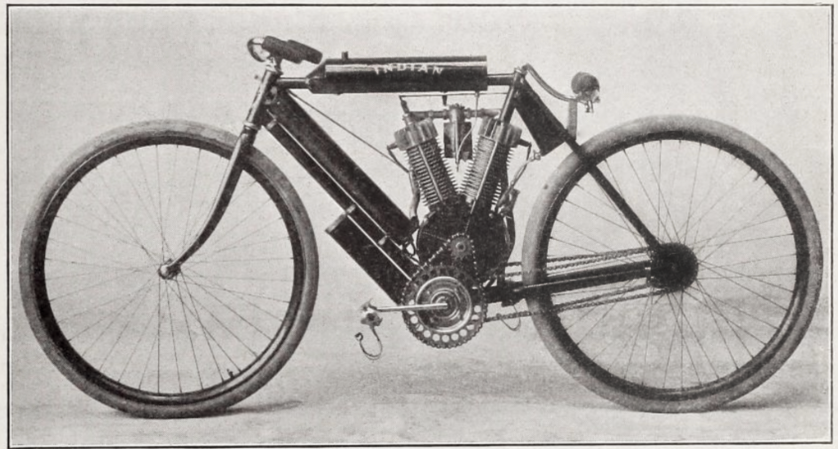
In 1905, Indian introduced the first V-Twin-engined motorcycle, for racing and breaking records. By 1907, a 633cc production road version was ready for sale, the first American production V-Twin motorcycle engine, and this set Indian on the road to huge success. In 1911, Indian finished first, second and third at the Isle of Man TT. In 1914, Erwin 'Cannonball' Baker set a new record for riding from San Diego to New York of 11 days, 12 hours and ten minutes. This was an incredible feat of performance and reliability that few other manufacturers could match.
8 - Indian Motorcycles' Wartime Success
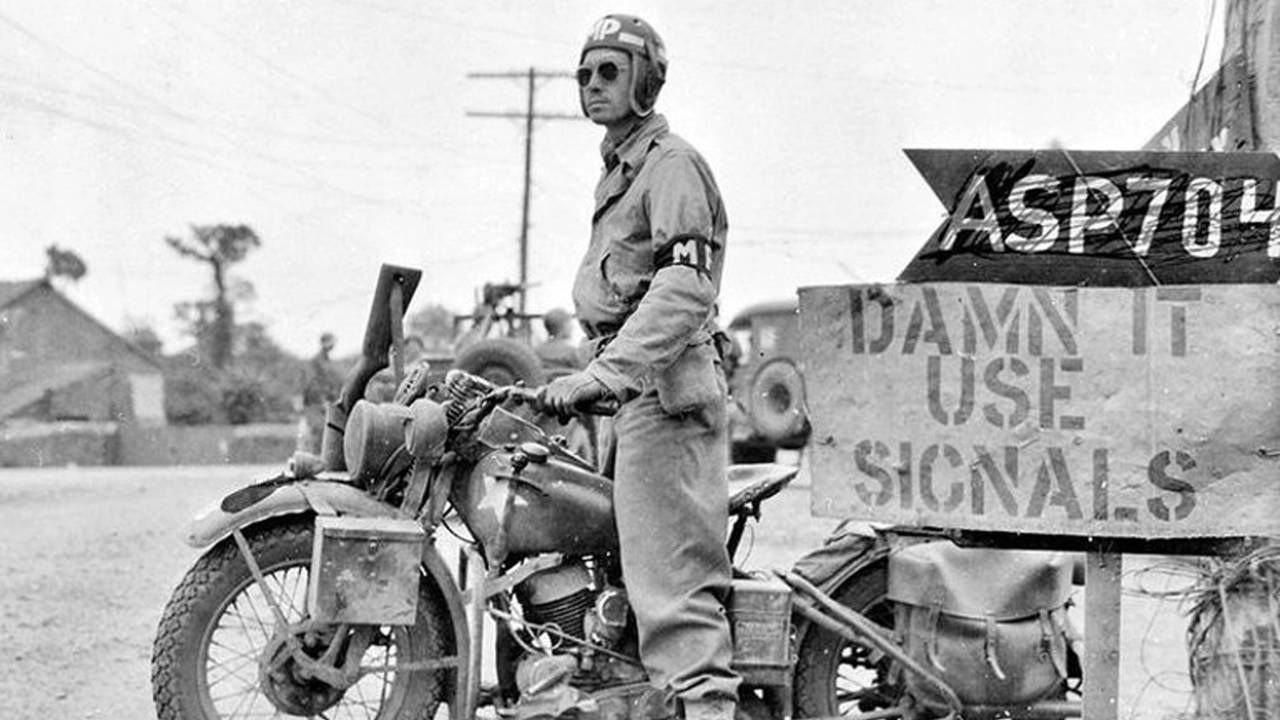
Indian supplied motorcycles to the U.S. Army from 1913 already. So, when America entered the First World War in 1917, it was to Indian that the army turned to supply more than 50,000 motorcycles, all based on the Indian Powerplus made between 1917 and 1919. This starved Indian's dealers of inventory and many turned to other brands, leaving Indian with a shortage of dealers from which it never fully recovered. After the war, Indian lost its number one market status to Harley-Davidson. When the Second World War arrived, the U.S. was again involved and Indian again supplied 35,000 motorcycles, worth $24 million, which was far below what rival Harley-Davidson was supplying.
7 - The Arrival Of The Indian Scout
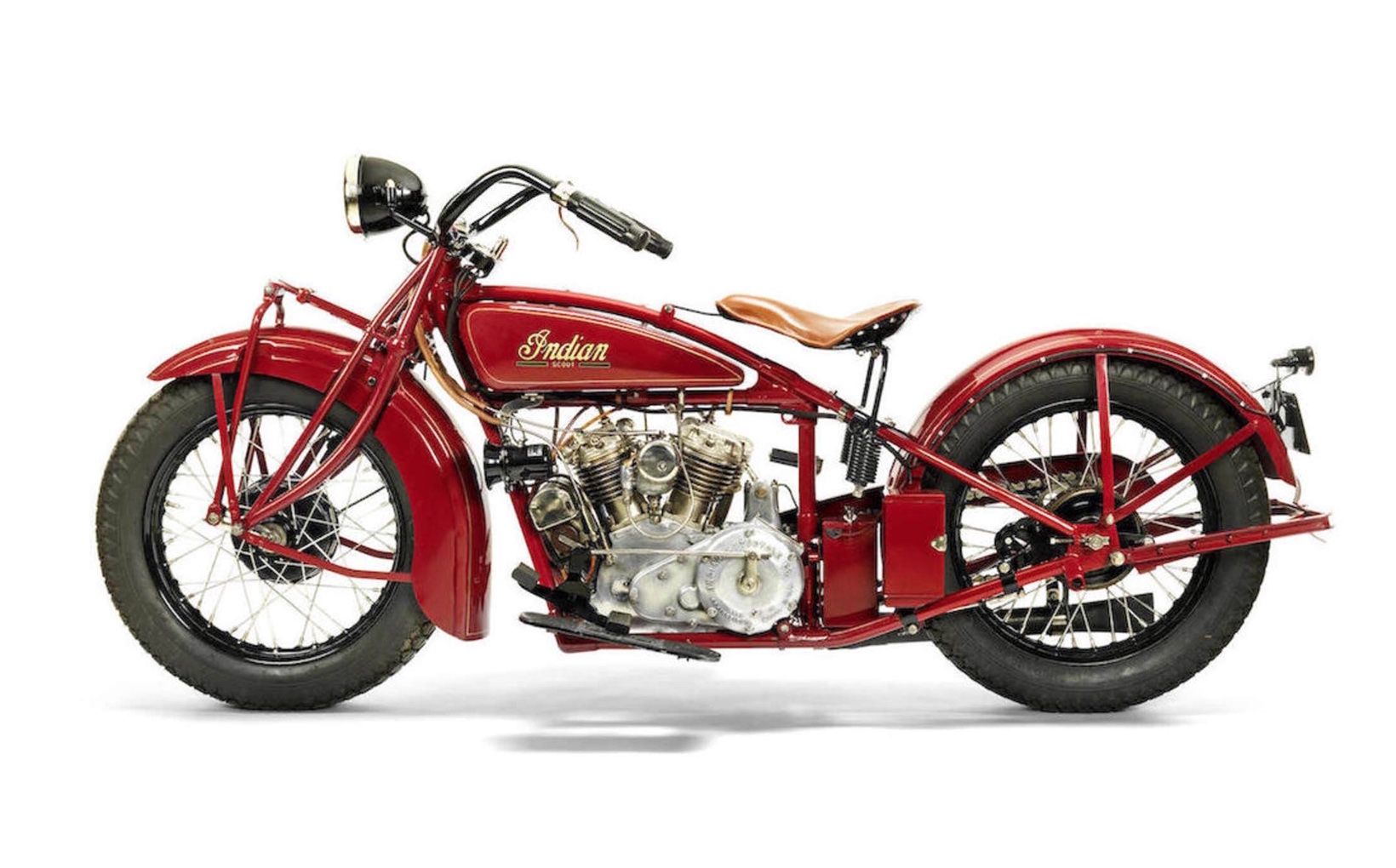
In 1920, Indian launched the Scout model, which was to be a hugely important model for the company right through to 1949. The transmission of the 610cc (37 cubic inch) V-Twin was bolted directly to the engine, permitting drive from the crankshaft to the transmission to be by gears rather than chains. The engine was enlarged to 740cc (45ci) in 1927, and in 1928 both the Scout and the Scout 45 were replaced by the 101 Scout, with a longer wheelbase and lower seat. It was known as a fine handling motorcycle and did much to keep Indian afloat in the face of the Harley-Davidson onslaught. In 1932, the Standard Scout appeared, alongside the Pony Scout, with a 500cc (30.5ci) V-Twin.
6 - The Indian Chief Arrives
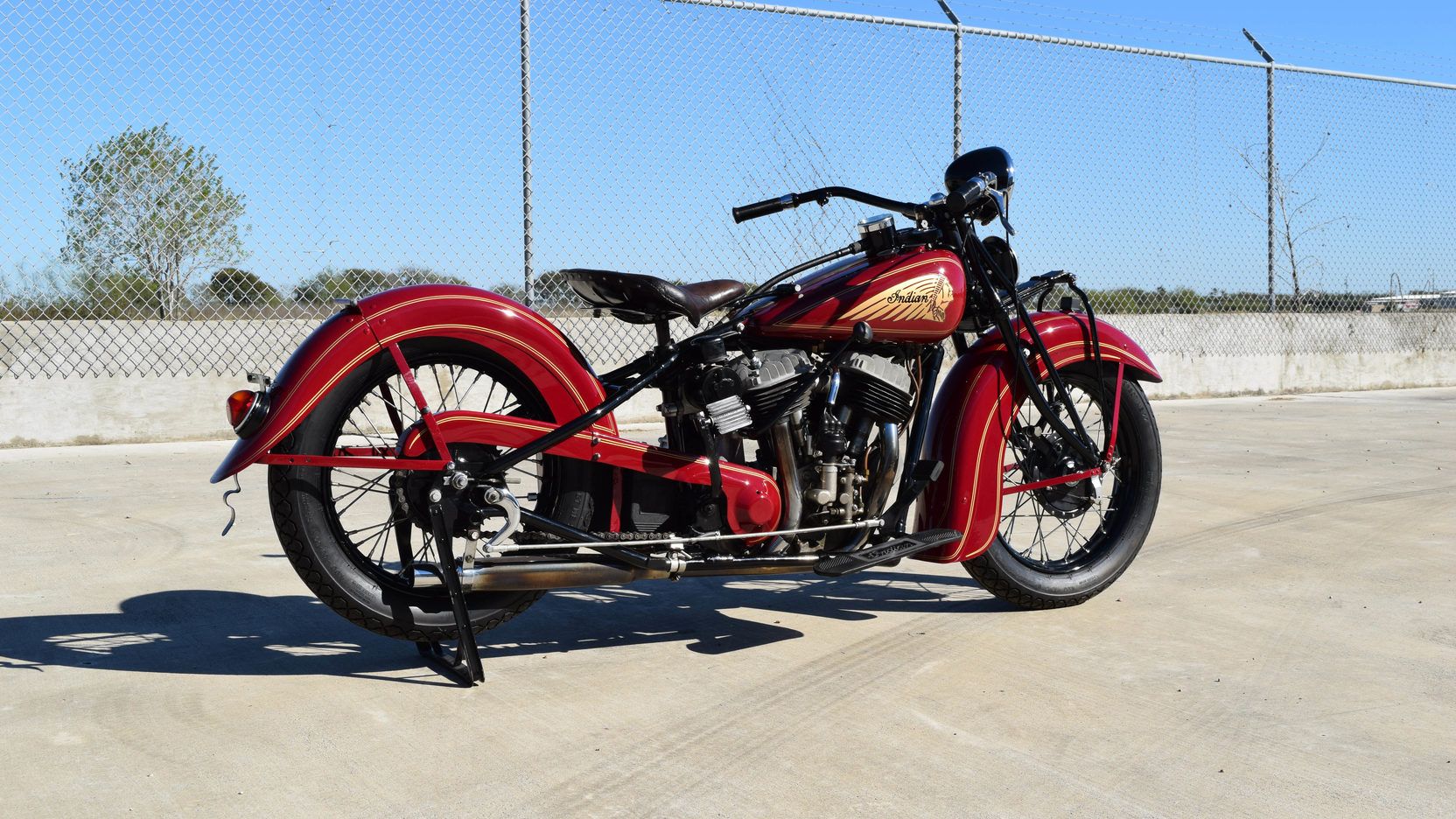
In 1922, Indian unveiled the 1000cc (61ci) Chief. It lasted a year before the engine was enlarged to 1,200cc (73ci). By the time the Second World War was starting in Europe, Indian started fitting all Chiefs with the heavily skirted fenders that would become as much of an Indian trademark as the Indian headdress logo. Furthermore, Indian introduced a sprung frame that was measurably better than Harley's rigid rear frame. Post-War, the engine gained one more cubic inch of displacement, taking it to 74ci, and a top speed of 85 mph, or 100 mph when tuned. A final enlargement to 1,300cc (79ci) came in 1950, but by then, the writing was already on the wall for the company.
5 - The Indian Four
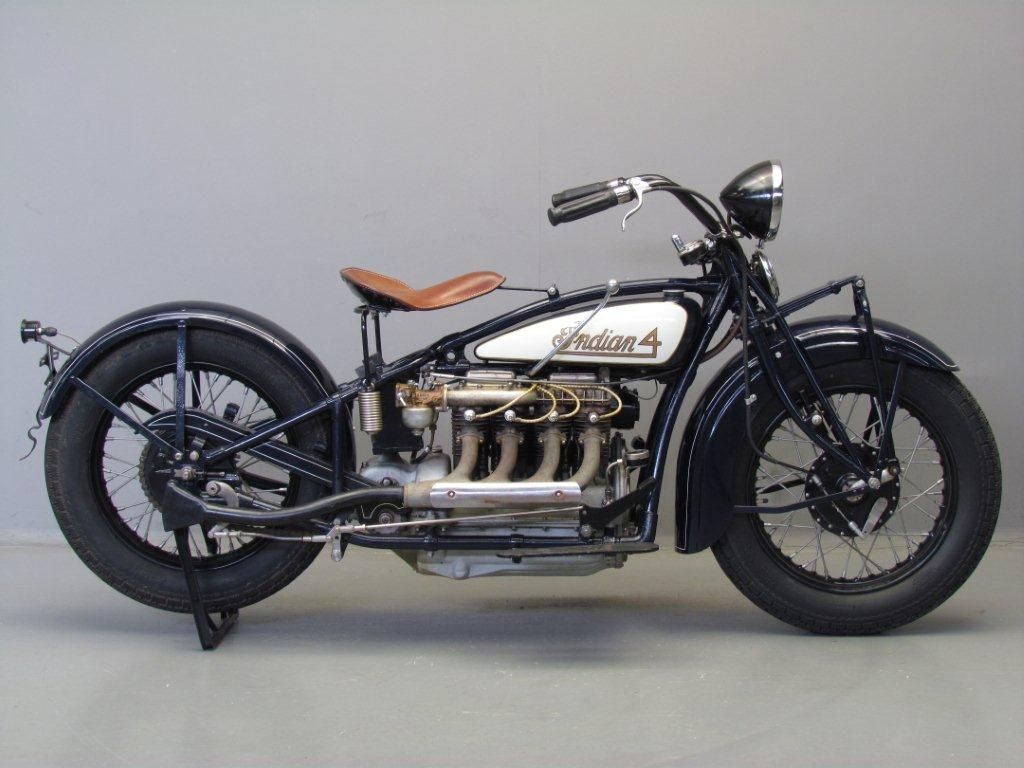
Four-cylinder engines loomed large in American motorcycling in the pre-war years. In 1927, Indian bought the Ace Motor Corporation and started using the four-cylinder engine in its own chassis, creating the Indian Ace. This was developed into the Indian 401 in 1928 and the Indian 402 in 1929, with detail differences to the engine and the frame. The Indian Four somehow survived the ravages of the Great Depression and would be produced by Indian until 1942, when all Indian production was turned over to building motorcycles for the army.
4 - The 1950s And Indian Motorcycle's Bankruptcy
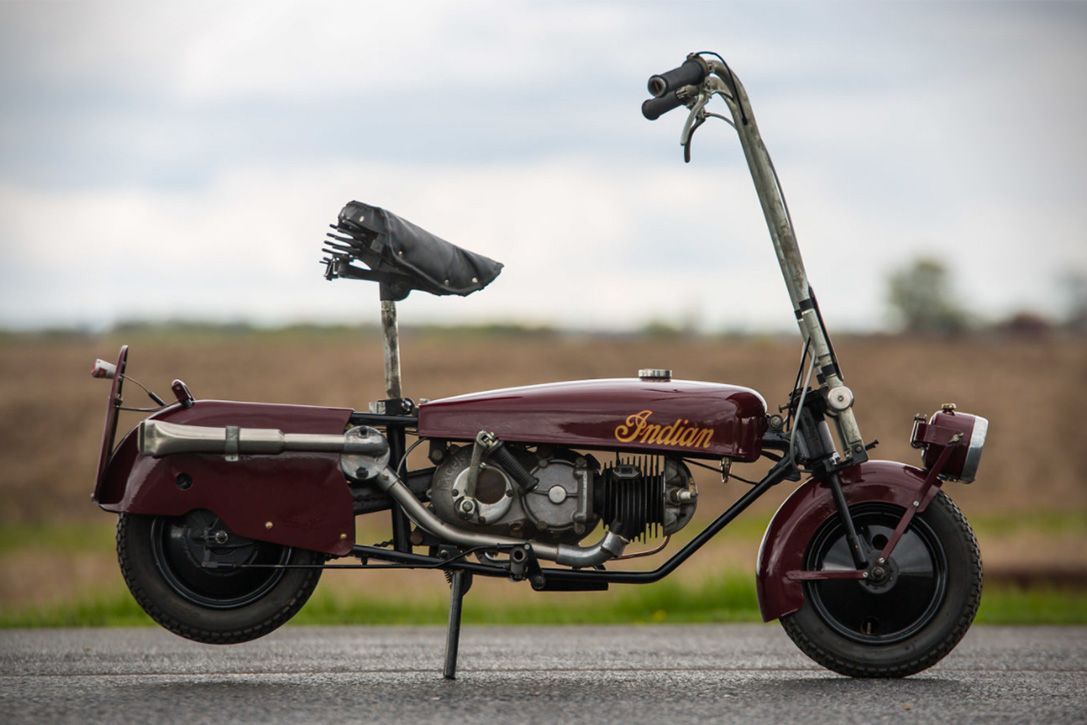
Post Second world War, Indian continued production of the Scout and the Chief, but the end was near for the esteemed brand. There was a move downmarket, firstly with a Czech-built import, the CZ125b and the Corgi, produced by Brockhouse Engineering, which was a 100cc scooter developed for paratroopers during the war. It was renamed the Papoose when marketed by Indian. With the demise of the Chief in 1949, production commenced on two lightweight motorcycles, a single cylinder, 220cc Arrow and 440cc Scout (no relation to the pre-war Scout). Even though the Chief returned in 1950, it wasn't enough to stop the rot and, in 1953, Indian Motorcycle declared bankruptcy.
3 - The Dark Days Of Indian Motorcycles
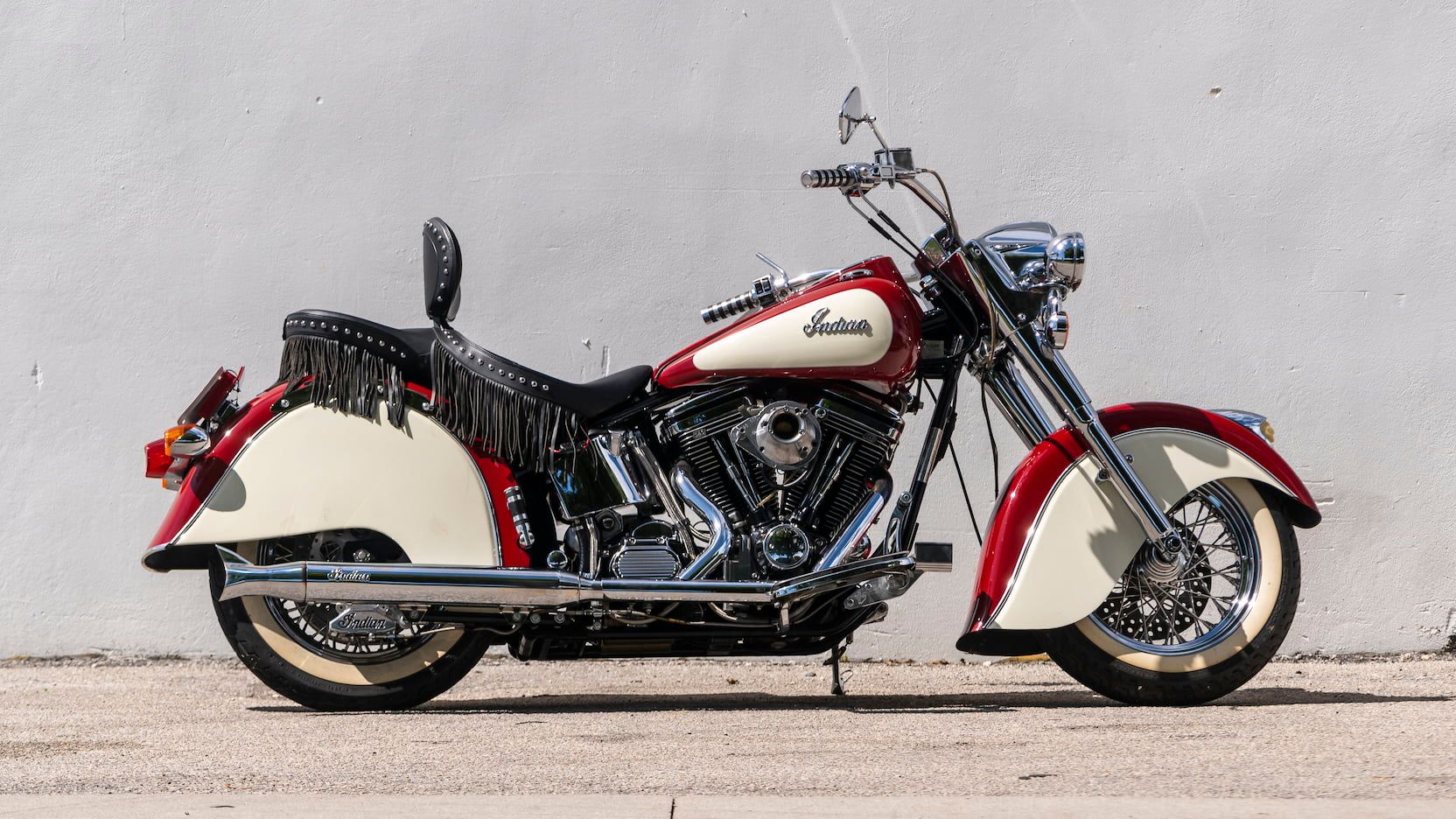
Between 1953 and 2011, Indian Motorcycle had no less than nine different owners, none of whom seemed to know how to resurrect the Indian name properly. Strangely, the Indian name was coupled with that of various British motorcycle manufacturer names at various points: Royal Enfield, Matchless and Velocette engines and cycle parts all appeared on Indian-badged motorcycles in the 1950s and '60s. It was only in the late 1990s, that large-displacement V-Twin Indians started reappearing, first using off-the-shelf 88 cubic inch S&S engines and then a purpose-built 100 cubic inch Powerplus engine. Nothing ever really succeeded, however, by 2011, Polaris was in a position to acquire the company.
2 - The Polaris Years

Polaris Industries, primarily a manufacturer of off-road and leisure vehicles, was already manufacturing Victory Motorcycles when it acquired Indian in 2011. By 2013, the first 'new' Indians appeared, powered by a new 111 cubic inch Thunder Stroke engine. While Victories had crisp, modern styling, Indians were unashamedly retro in their design and the two brands seemed to compliment each other, although Victory would soon disappear as a brand. Polaris resurrected model names from Indian's past and there was the Chief and Scout, later followed by the Roadmaster, Chieftain, FTR and Challenger, taking Indian into a new era of success and prosperity.
1 - Burt Munro
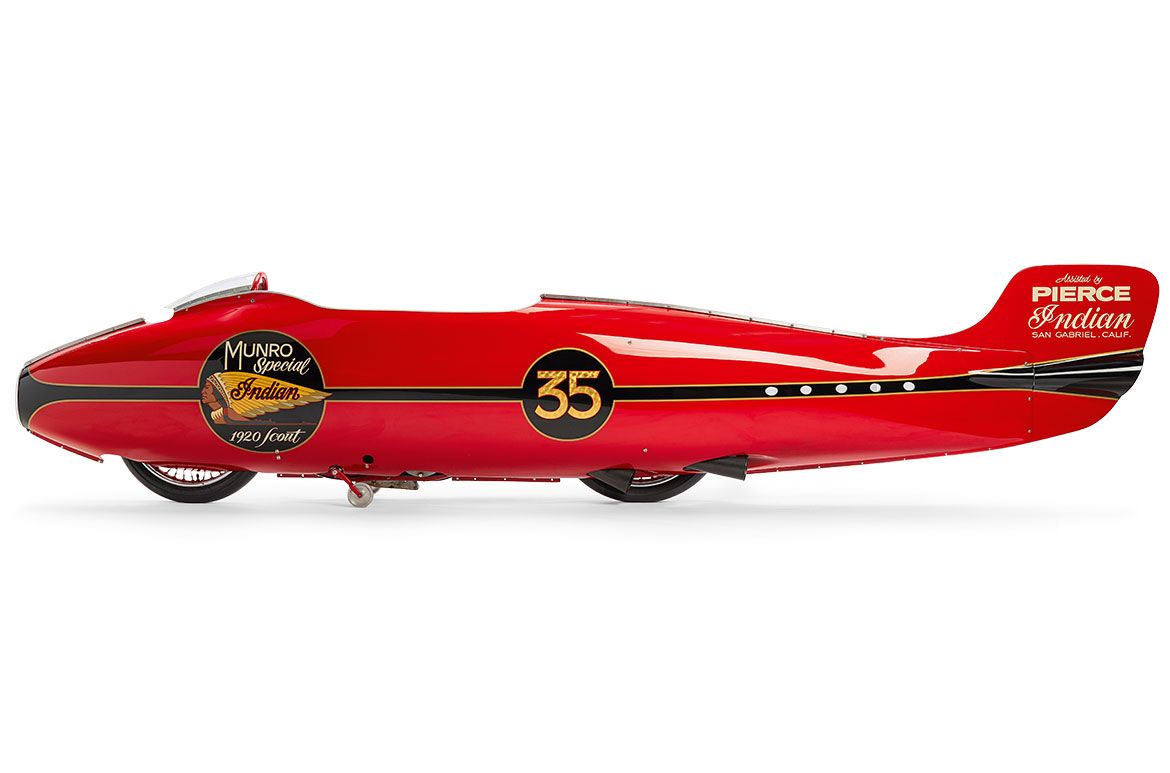
No story of Indian Motorcycle would be complete without the story of New Zealander Burt Munro. In 1920, he bought an Indian Scout which had a top speed of 55mph which was never going to be enough. So, over the next twenty years, he modified and re-engineered it himself, casting his own cylinder barrels and pistons, and hand-forming a streamlined body shell that completely enclosed the mechanicals and chassis. As recounted in the film The World's Fastest Indian , Munro traveled to the Bonneville Salt Flats for Speed Week in the early 1960s. In ten visits, he broke world speed records three times, one of which still stands, and on one run, recorded a one-way top speed of 190.07mph, the fastest-ever officially recorded speed for an Indian motorcycle.
No politics, no religion, no instagrams, and commentary must be civil. The ToS and the CoC will be enforced, and anything that the administrator deems to be offensive will be deleted. YouTubes, videos and images that the administrator is unable to open must be described and explained or they will be deleted.


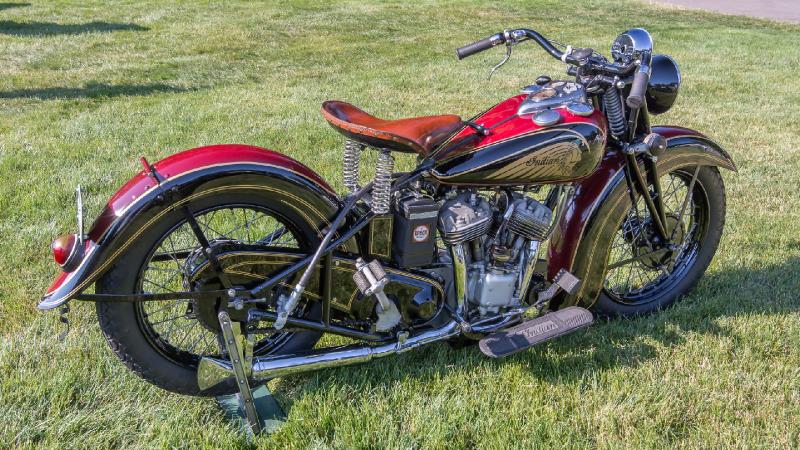
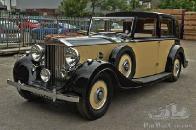


It's not a big stretch to post an article about a classic motorcycle on a classic cars and boats group. I've watched a video series about the birth and development of Harley-Davidson, and it indicated a rivalry with Indian, but in real life the developers of both bikes were friends.
Back before I got married I had a couple of biker friends in Toronto, and Billy, one of them, suggested that I should get myself a bike, and he said a good bike for me would be a Ducatti. However, I stuck with a car.
I’ve read the Indian story many times and enjoy reading it again today. A classic among classics and I had a 1949 Indian Chief fully restored to original and it was a beast, It knocked me on my ass more than once.
Thanks for bringing back those great memories.
Any time, my friend.
I remember that years ago either I or someone else posted an article about motorcycles and a member, who I think left the site a long time ago, posted a photo of his Indian with saddlebags at the rear wheel, like this:
Because I thought it was a really good idea, and it even made the bike look better, I haven't forgotten it.
I would like to know if this article is preventing anyone from voting.
I was fishing one day in the Sacramento River near a boat ramp and some bikers rode up. Two were riding Harleys but one guy was on an Indian four cylinder. I had never seen one before. (or since)
I was surprised to see a beautiful new Ducatti here just around the corner where I live, cause most bikes are made here.
I was curious and just checked to see where most motorcycles are made and it came up with this: